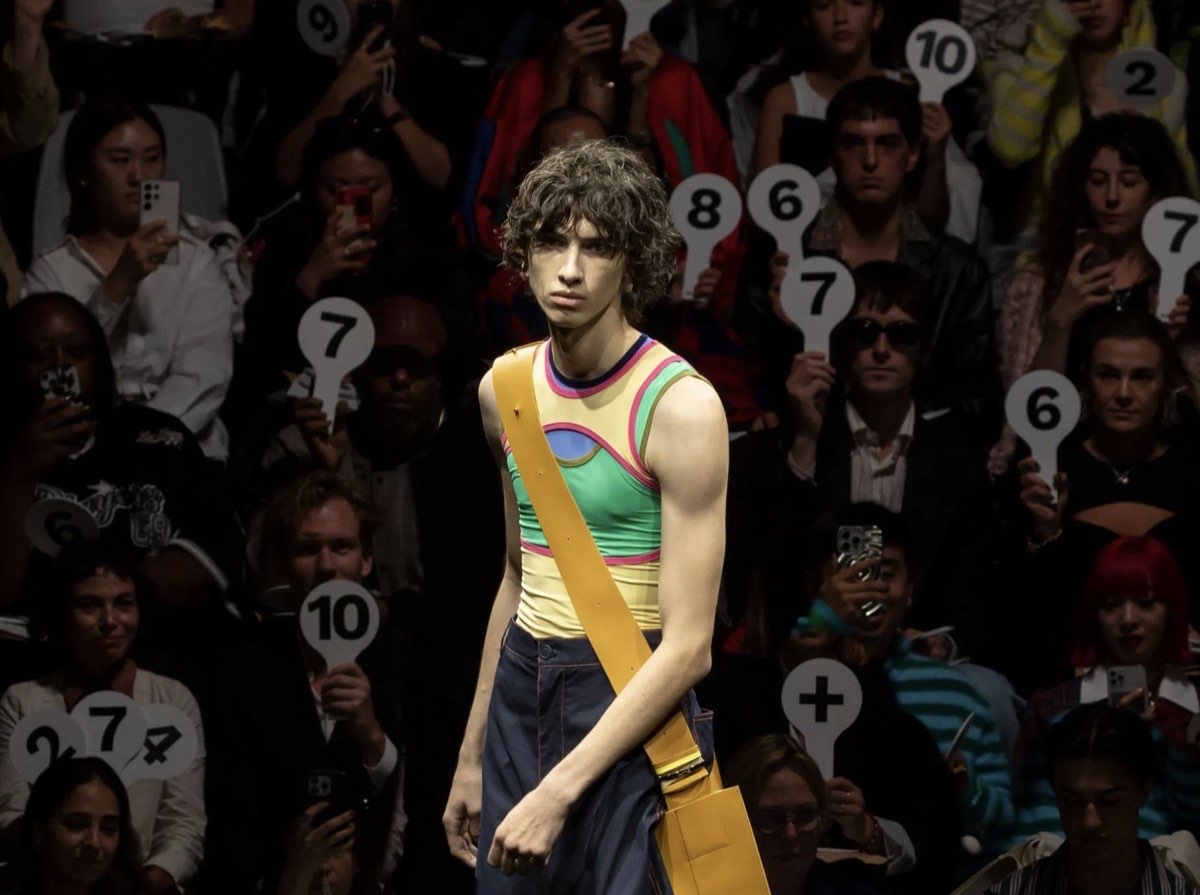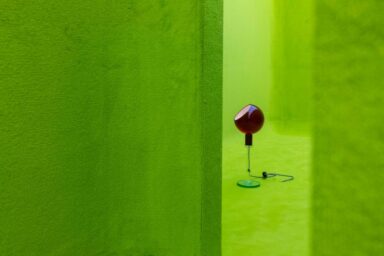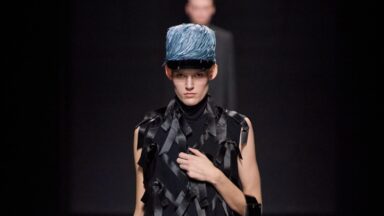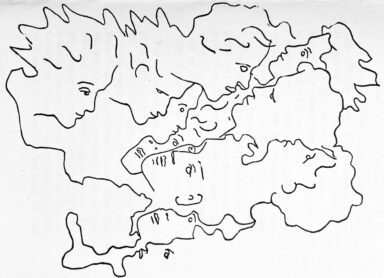Shifts in fashion week: creative visions in an evolving industry, as fashion forsakes dream for commerce
Words: DOMENICO COSTANTINI
Following a striking presentation by Miuccia Prada and Raf Simons, Miuccia Prada herself made a surprisingly clear statement: “Let’s abandon the debate on ideas; let’s focus on the art of fabrics.” This declaration encapsulates the essence of a fashion week that has seen the industry transform into a true “sphere,” metaphorically speaking, adhering to the most classic and capitalist interpretation of the term. It’s a realm dedicated to reassurance yet simultaneously in pursuit of new paradigms, disillusioned with eccentricity, and restless in the chase for the elusive formula of success.
In a bygone era, royal courts sought artists, promising unparalleled works of art. Today, designers play the role of contemporary artists, tasked with translating shoes and bags into ringing currency, exploring the chaos of natural elements in pursuit of that “perfect composition” called “profit growth.” However, much like in art, fashion eludes precise definition, often resulting in an outcome more intricate than the sum of its parts.
This fashion week has underscored the centrality of creative vision. The most acclaimed runway shows were those where the signature of auteurs led the audience into uncharted territory while maintaining a clear direction. In an age marked by stark contrasts, there is no room for mediocrity; the audience must be captivated, not just seduced.
Consider Prada‘s organza dress, a seemingly simple garment that, when worn, appears wrapped in ethereal clouds.
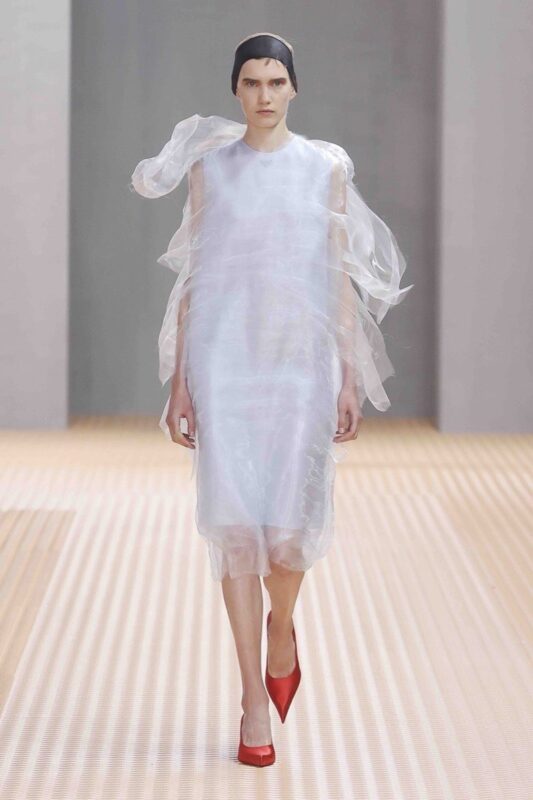
Or ponder Matthieu Blazy for BOTTEGA VENETA, the designer who carried the fashion week forward with creations seemingly crystallized into a celestial work of art, through interwoven leather and raffia skirts.
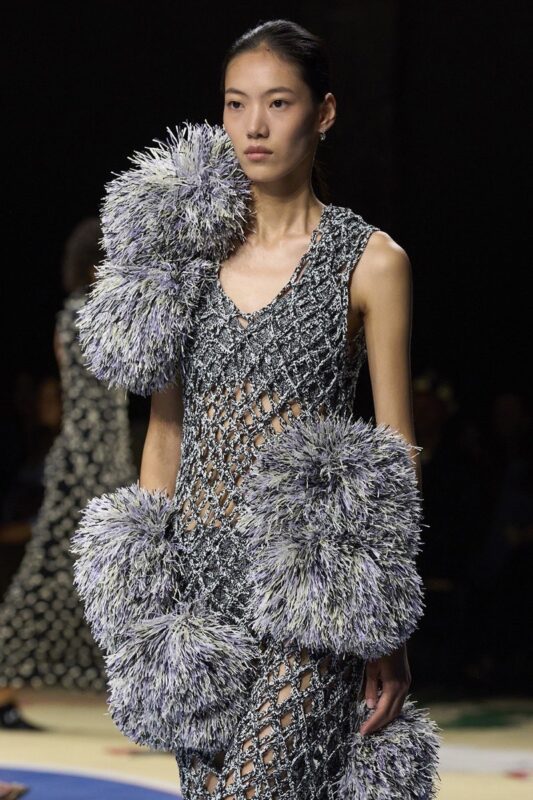
Rocco Iannone charted a coherent and intriguing course with his Ferrari, while Walter Chiapponi crafted a magnificent conclusion with Tod’s final runway.
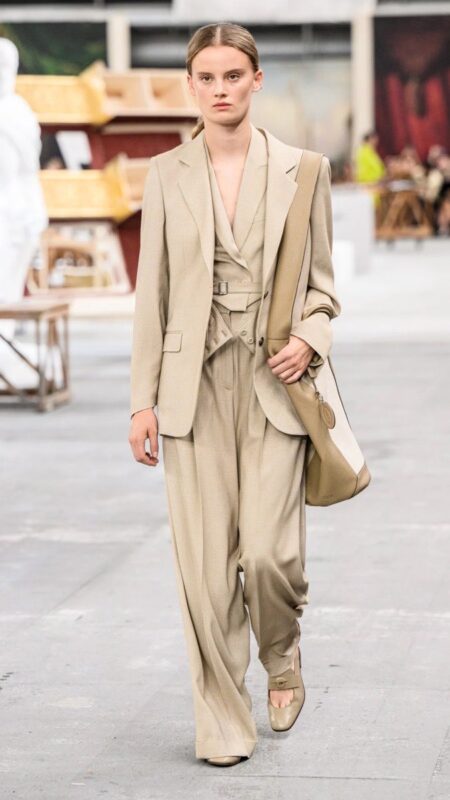
Sunnei and AVAVAV injected a brilliant touch of humor, Maximilian Davies embodied Ferragamo‘s impeccable elegance, and Jil Sander exuded simplicity, while Simone Bellotti captured Bally‘s Swiss spirit with sublime simplicity.
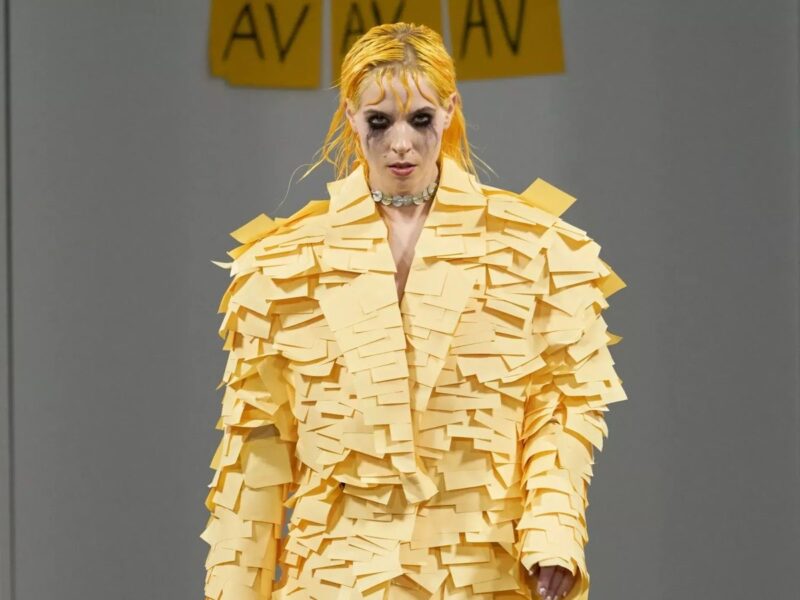
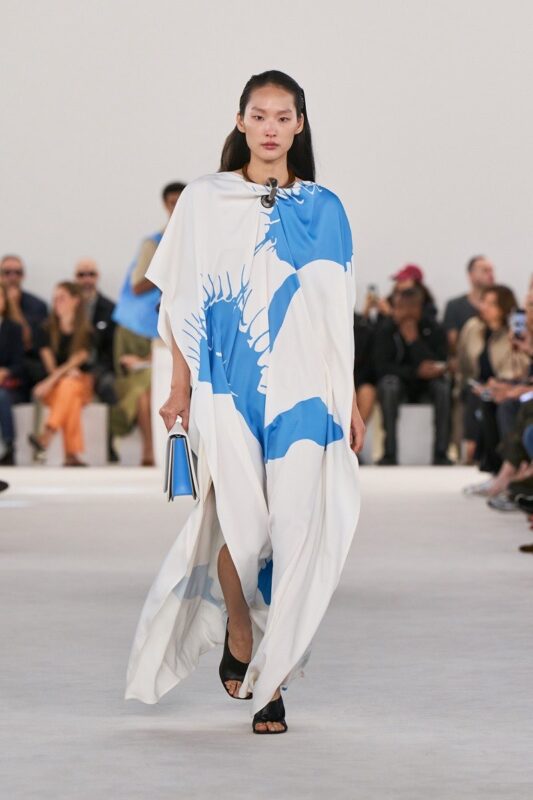
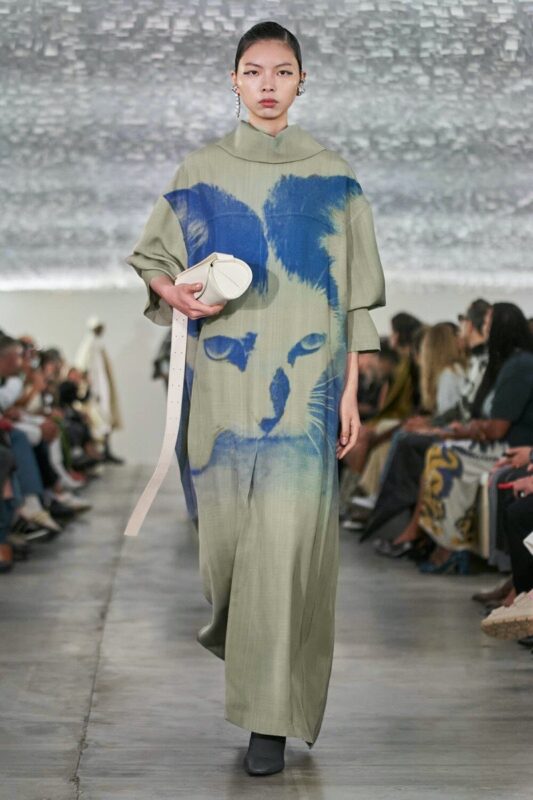
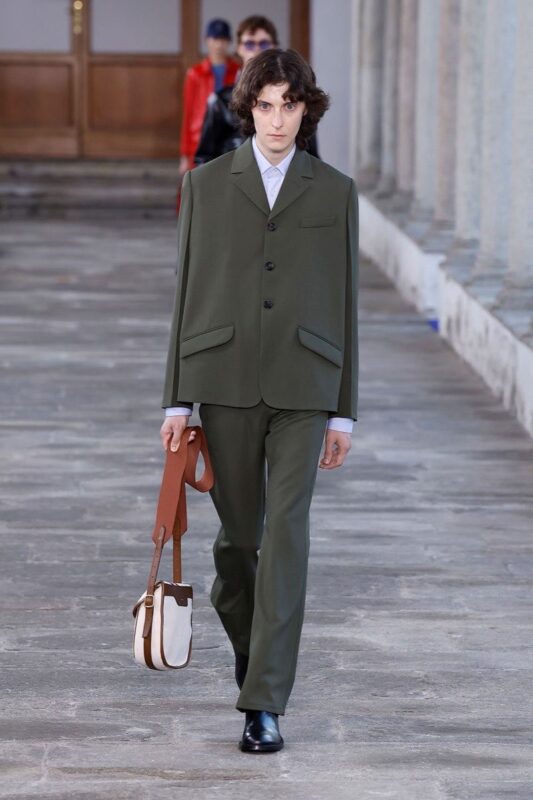
Domenico Dolce and Stefano Gabbana delved further into the stylistic codes of their fashion house. This time, their muse was drawn from the construction of lingerie and corsetry. Their adeptness in balancing tailoring, featuring broad shoulders reminiscent of tuxedo jackets, with elements of flou, was unmistakable.
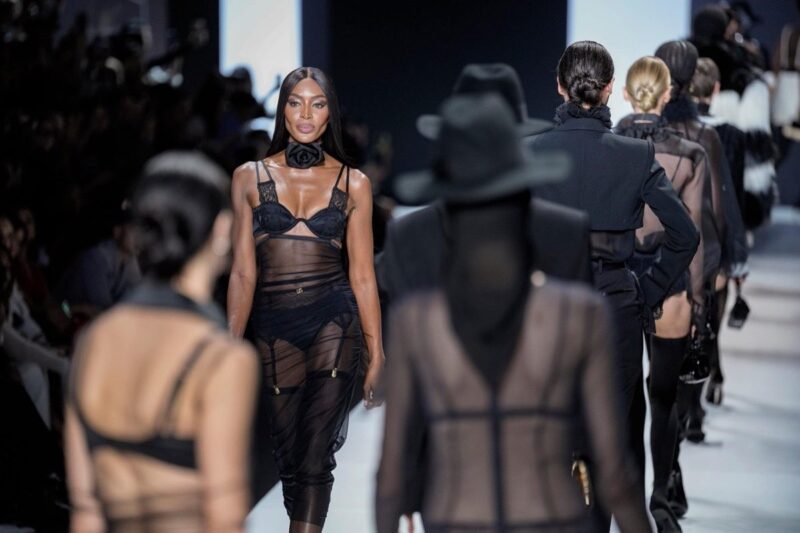
The Attico made a notable debut, despite perhaps uninspiring styling that weighed down the final result. It was proven that captivating the audience doesn’t necessarily require explicit praise.
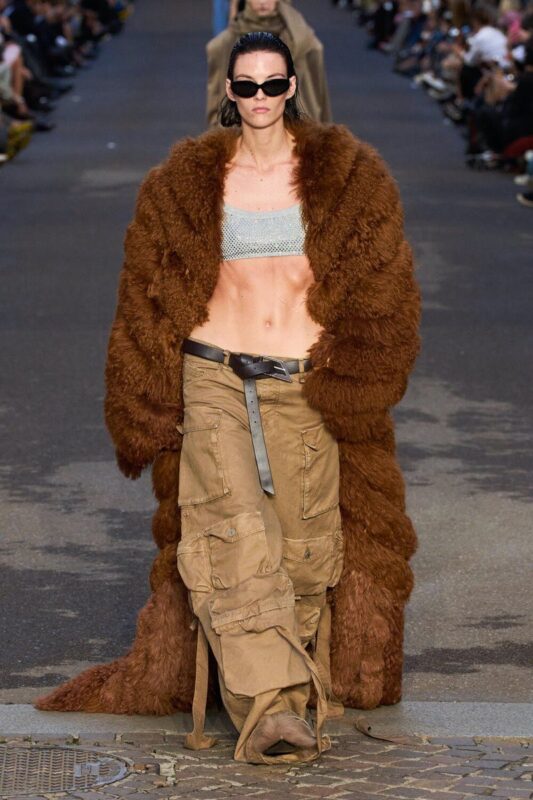
In other shows, a dominant normcore emerged, hinting at the emergence of a new shared language, a kind of “new normal aesthetics” focused on continuity and longevity. This trend seems to echo the present into a “timeless work of art,” creating a “mise en abyme” effect where our image appears repeated in an endless sequence without a beginning or an end. This also characterized some presentations, such as Sabato De Sarno for Gucci, a collection that sparked divisions but laid the groundwork for a more concrete vision of the future.
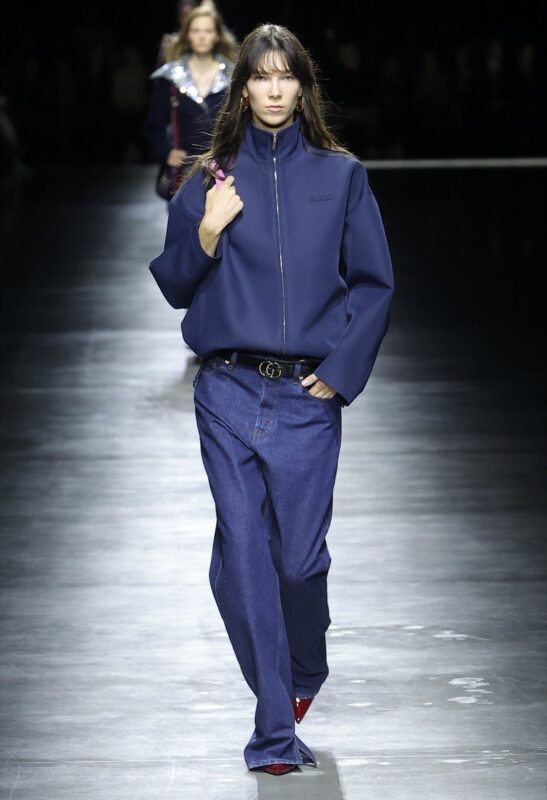
Gucci’s collection for this season captured attention with its elegant simplicity and intriguing approach. Gucci chose a gentle path, embracing an aesthetic that recalls independent thinking in fashion, demonstrating that individuality of thought doesn’t necessarily translate into an exhibition of eccentricity. The minimalist garments in the collection invite the audience to break free from conventions and explore a world of elegance without frills, emphasizing the beauty of simple forms.
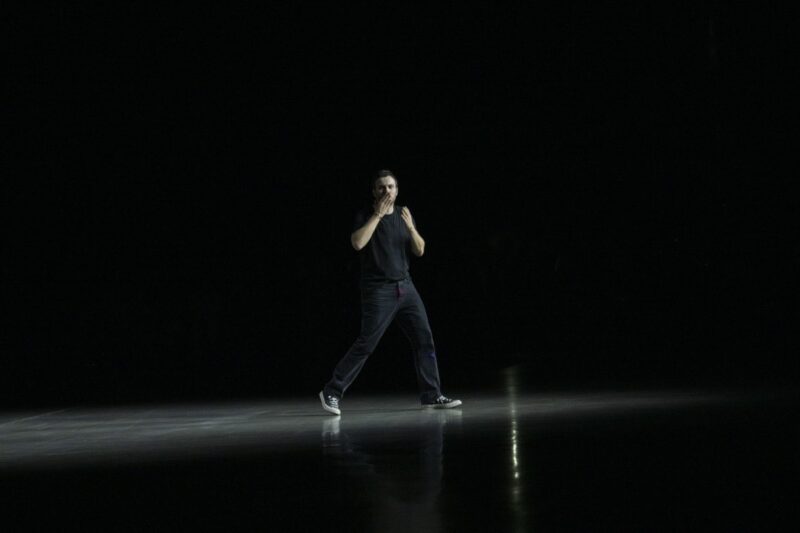
Fashion, by its nature, must be at the forefront, but what happens when it seems like the path closes in on itself, creating a flat circle where what we have before us is what we left behind and vice versa? This question has permeated reflections in this fashion week.
After exploring the universal dimensions of fashion, with brands committing to sustainability and inclusivity, we now turn to the microcosm of things. We focus on atoms and molecules, returning to craftsmanship, and exploring the private cosmos of the wardrobe. Here, the specter of mysterious and elusive self-expression still looms, but the reward lies in the concrete architecture of objects, in the subtlety of insights that elude diluted commonplaces.
This season, more than ever, has highlighted programmatic banality, as well as the absence of a true culture. Fashion once entertained a diplomatic relationship with music, art, and literature, providing intriguing interpretative keys and uniting diverse looks into a collection. Today, culture often seems steeped in nostalgia. However, culture lives only if we embrace it and propagate it. It’s not enough to repeat ideas; we must nurture them and experiment with new grafts.
Many references this season surrendered to academism, and indeed, many collections seemed academic: formally solid but lacking the soul that, for better or worse, lends greatness to a fashion brand. One always falls in love with a designer, even through their clothes, but never solely with the garments because fashion is a medium that conveys an experience, an idea, a concept.
